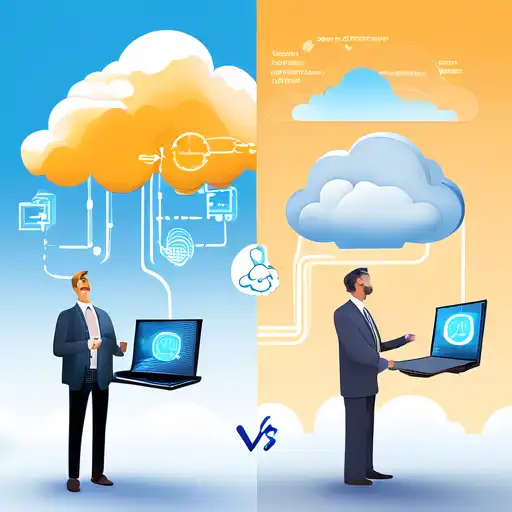Edge Computing vs Cloud Computing: Unveiling the Differences
In the rapidly evolving world of technology, understanding the key differences between edge computing and cloud computing is crucial for businesses and individuals alike. Both technologies play pivotal roles in data processing and storage, but they cater to different needs and scenarios.
What is Edge Computing?
Edge computing refers to the processing of data near the source of data generation, rather than relying on a centralized data-processing warehouse. This approach minimizes latency, reduces bandwidth use, and enhances response times for critical applications.
What is Cloud Computing?
Cloud computing, on the other hand, involves the delivery of computing services—including servers, storage, databases, networking, software—over the internet ('the cloud') to offer faster innovation, flexible resources, and economies of scale.
Key Differences Between Edge and Cloud Computing
While both edge and cloud computing are integral to modern IT infrastructures, they differ significantly in several aspects:
- Data Processing Location: Edge computing processes data locally, near the source, whereas cloud computing processes data in centralized data centers.
- Latency: Edge computing offers lower latency compared to cloud computing, making it ideal for real-time applications.
- Bandwidth Usage: By processing data locally, edge computing significantly reduces the need for bandwidth, unlike cloud computing which relies heavily on internet connectivity.
- Scalability: Cloud computing provides unparalleled scalability options, allowing businesses to easily scale up or down based on demand. Edge computing, while scalable, requires more physical infrastructure to expand.
Choosing Between Edge and Cloud Computing
The choice between edge and cloud computing depends on the specific needs of a business or application. For applications requiring real-time processing and low latency, edge computing is the way to go. Conversely, for applications that demand massive storage and computing power with less concern for latency, cloud computing is more suitable.
Future Trends
As technology continues to advance, the line between edge and cloud computing is expected to blur, with hybrid models becoming more prevalent. These models aim to leverage the strengths of both computing paradigms to offer optimized solutions for diverse applications.
Understanding the differences and applications of edge and cloud computing is essential for making informed decisions in today's digital landscape. Whether it's for enhancing operational efficiency, improving customer experiences, or driving innovation, choosing the right computing model can significantly impact the success of technological initiatives.
For more insights into the latest technology trends, explore our technology trends section.
